Year 1
The proficiency strands understanding, fluency, problem-solving and reasoning are an integral part of mathematics content across the three content strands: number and algebra, measurement and geometry, and statistics and probability. The proficiencies reinforce the significance of working mathematically within the content and describe how the content is explored or developed. They provide the language to build in the developmental aspects of the learning of mathematics. The achievement standards reflect the content and encompass the proficiencies.
At this year level:
- understanding includes connecting names, numerals and quantities, and partitioning numbers in various ways
- fluency includes readily counting number in sequences forwards and backwards, locating numbers on a line and naming the days of the week
- problem-solving includes using materials to model authentic problems, giving and receiving directions to unfamiliar places, using familiar counting sequences to solve unfamiliar problems and discussing the reasonableness of the answer
- reasoning includes explaining direct and indirect comparisons of length using uniform informal units, justifying representations of data and explaining patterns that have been created.
(source: www.australiancurriculum.edu.au)
Achievement Standard
By the end of Year 1, students describe number sequences resulting from skip counting by 2s, 5s and 10s. They identify representations of one half. They recognise Australian coins according to their value. Students explain time durations. They describe two-dimensional shapes and three-dimensional objects. Students describe data displays.
Students count to and from 100 and locate numbers on a number line. They carry out simple additions and subtractions using counting strategies. They partition numbers using place value. They continue simple patterns involving numbers and objects. Students order objects based on lengths and capacities using informal units. They tell time to the half-hour. They use the language of direction to move from place to place. Students classify outcomes of simple familiar events. They collect data by asking questions, draw simple data displays and make simple inferences.
(source: www.australiancurriculum.edu.au)
- Plus Plan

Number Lines - Worksheet
Fill in the missing numbers with this number line worksheet.
- Plus Plan
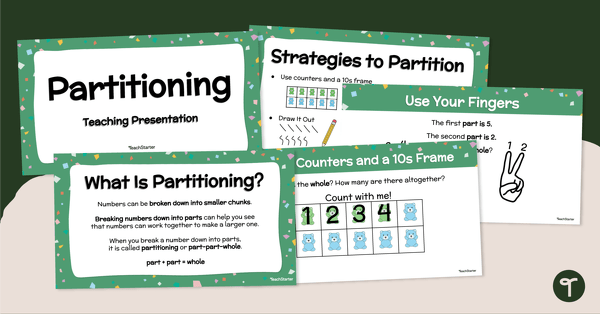
Partitioning Teaching Presentation
Introduce the partitioning strategy to your students with this teaching presentation.
- Plus Plan
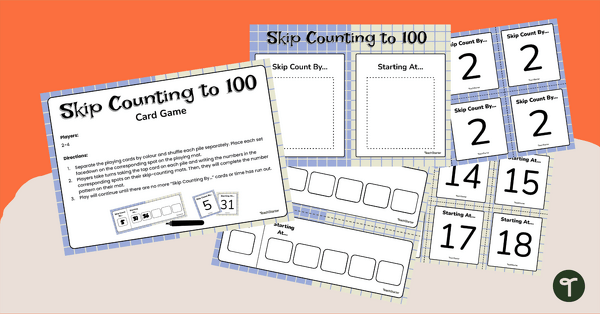
Skip Counting to 100 - Card Game
Practise skip counting by 2, 5 and 10 with this card game for small groups.
- Plus Plan
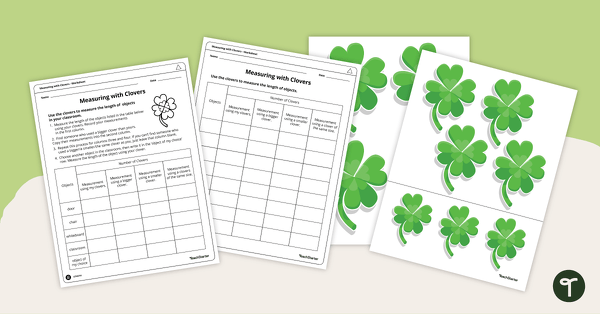
Measuring Length with Clovers Worksheet
Measure familiar objects using our lucky clover in this St Patrick’s Day maths activity!
- Plus Plan
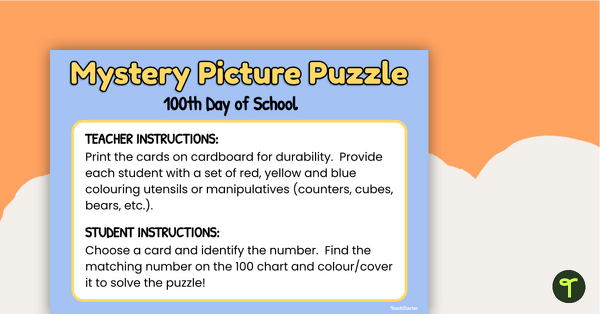
100 Chart Mystery Picture Puzzle
Practise identifying numbers within 100 with this set of 44 number cards and hundreds board.
- Plus Plan
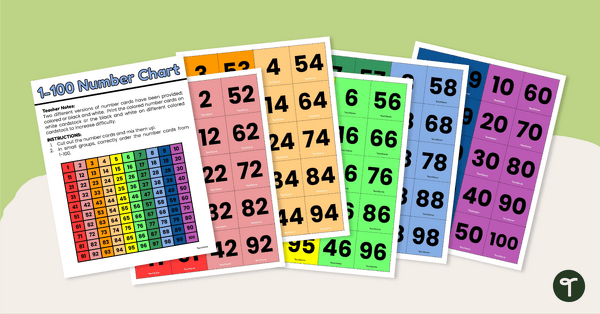
1-100 Number Chart - Sequencing Activity
Count by 1’s with your primary students by arranging number tiles 1-100.
- Plus Plan
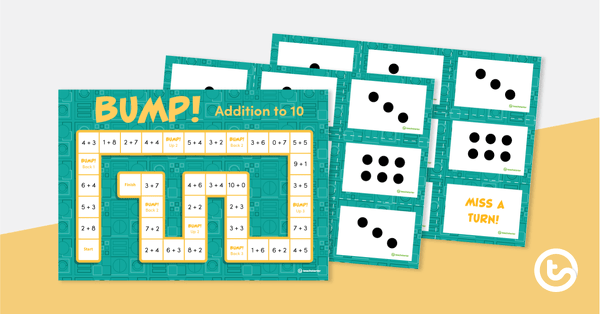
Bump! – Addition to 10 Game
An addition board game to help consolidate facts to ten.
- Plus Plan
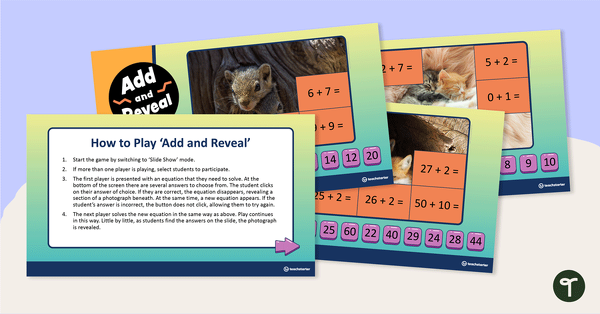
Add and Reveal the Picture PowerPoint – Addition Practice (Basic)
An appealing PowerPoint for students to interact with when practising addition facts.
- Plus Plan
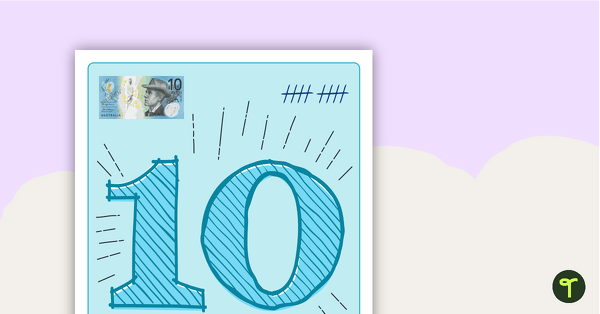
Tens Numbers 10 - 100 Posters - Money, Tallies, Tens Frames and MAB Blocks (Australian Currency)
Posters showing numbers going up in tens from 10 - 100 with associated images.
- Free Plan
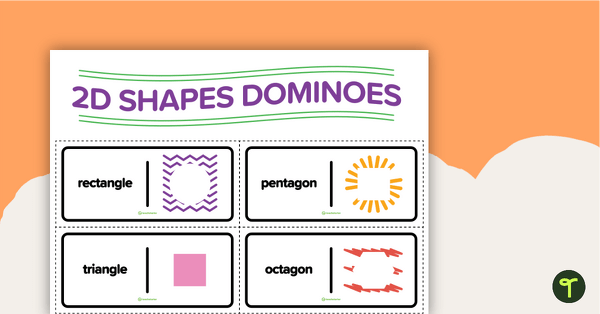
2D Shapes Dominoes
A set of dominoes to help students consolidate their understanding of 2D shapes.
- Plus Plan
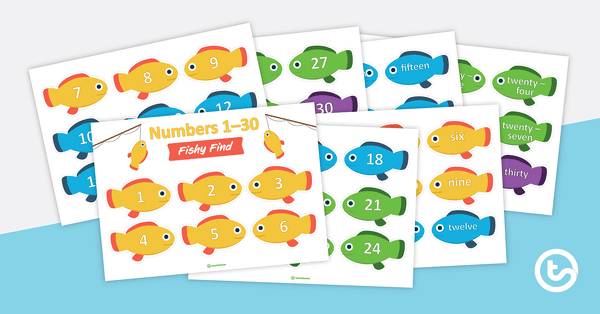
Number 1-30 Fishy Find Game
A set of 'fish' representing numbers 1-30 in numeral and word form.
- Plus Plan
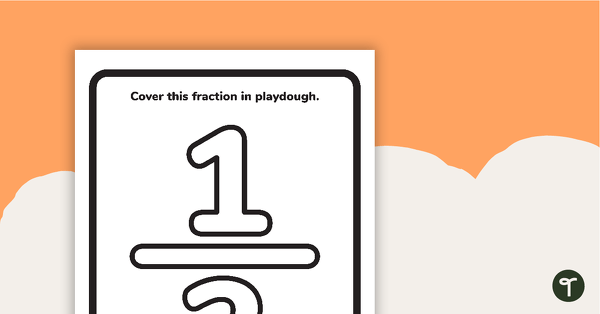
Interactive Fractions Playdough Mats – Hands-On Materials
Playdough mats for students to become familiarised with fractions.
- Plus Plan
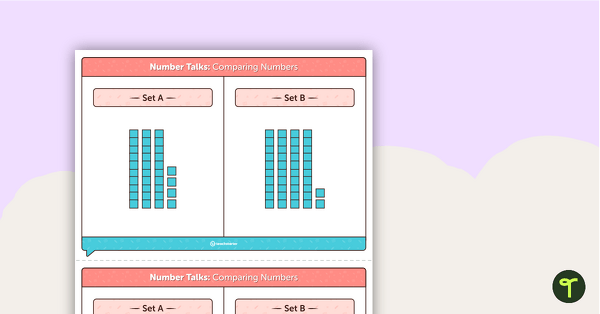
Number Talks - Comparing Numbers Task Cards
Build number sense skills with this set of 24 task cards.
- Plus Plan

Number Talks - Making Ten Task Cards
Build number sense skills with this set of 20 task cards.
- Plus Plan
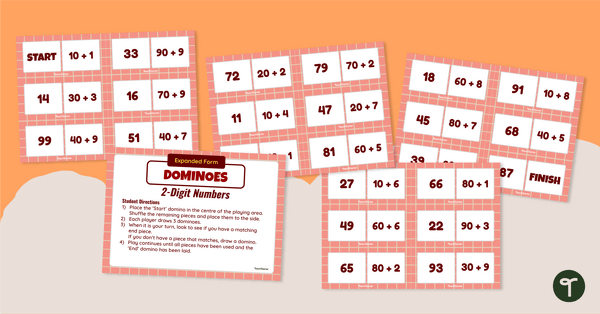
Expanded Notation Dominoes (2-Digit Numbers)
Use this set of dominoes when learning how to match 2-digit numbers written in standard form and expanded form.
- Plus Plan
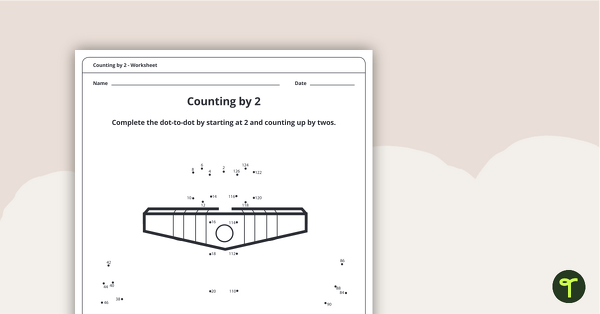
Dot-to-Dot Drawing - Numbers by 2 - Anchor
Join the dots and numbers to make a picture.
- Plus Plan
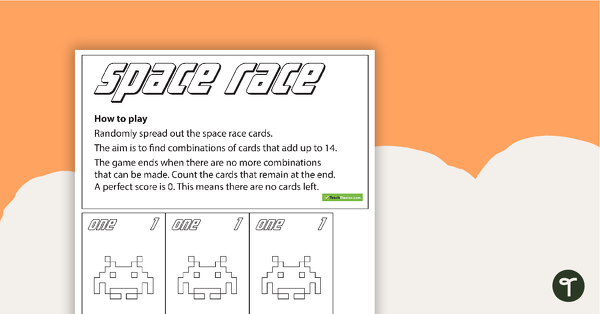
Space Race Game - BW
A card game developing students addition skills.
- Plus Plan

Informal Units Rulers
Use printable informal measuring rulers to introduce your little learners to the world of measurement.
- Plus Plan
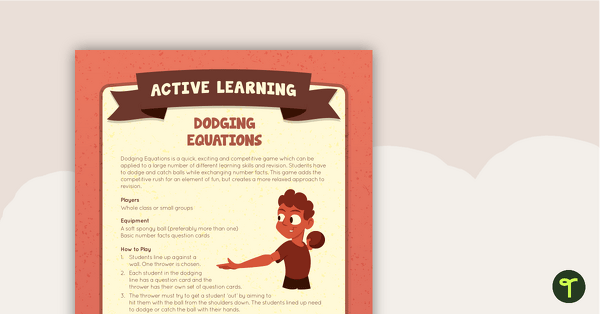
Dodging Equations Active Learning
A whole class active game that encourages learning through a physical setting.
- Plus Plan
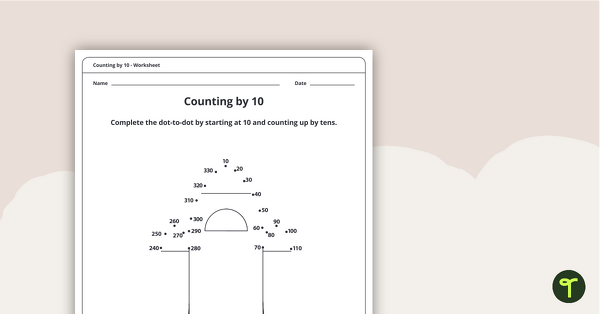
Dot-to-Dot Drawing - Numbers by 10 - Rocket
Join the dots and numbers to make a picture.
- Plus Plan
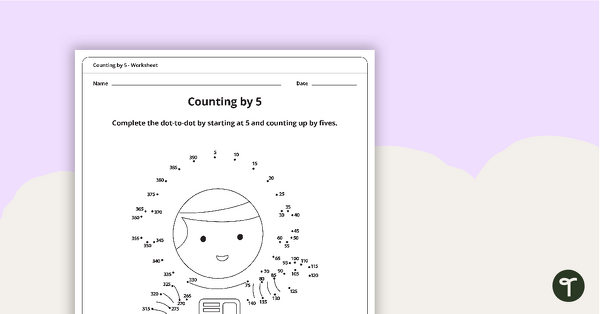
Dot-to-Dot Drawing - Numbers by 5 - Astronaut
Join the dots and numbers to make a picture.
- Plus Plan
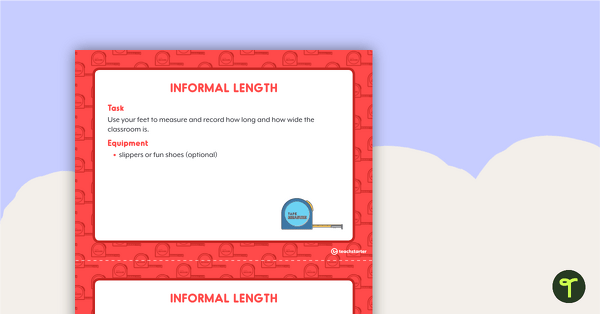
Informal Measurement - Task Cards
A set of task cards to use when learning about informal measurement.
- Plus Plan

Counting to Twenty Poster - BW - No Capitals
A poster showing numbers and words from one to twenty.
- Plus Plan
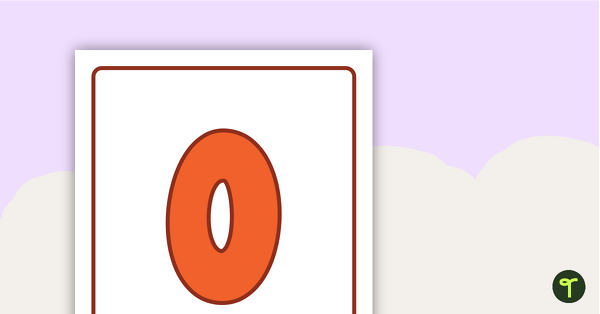
Number and Word Posters 0-99
Posters showing numbers and words from 0-99.
- Plus Plan
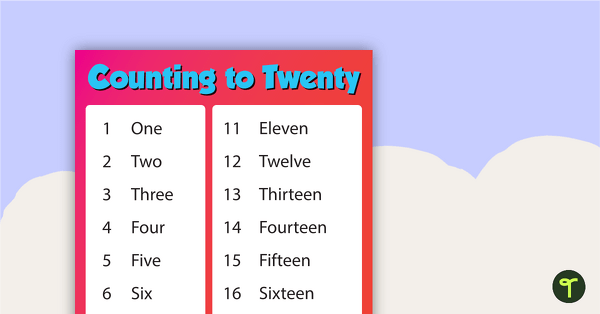
Counting to Twenty Poster - Colour
A poster showing numbers and words from one to twenty.
- Plus Plan
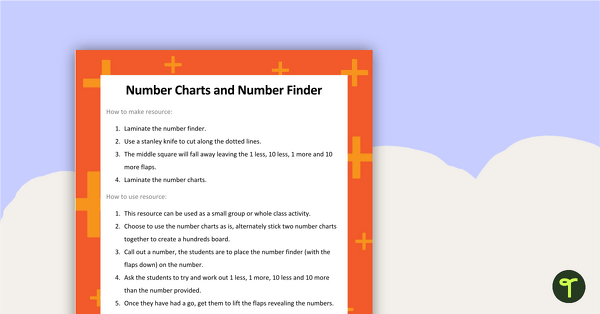
Number Charts and Number Finder
Number charts up to 1000 with a number finder template.
- Plus Plan
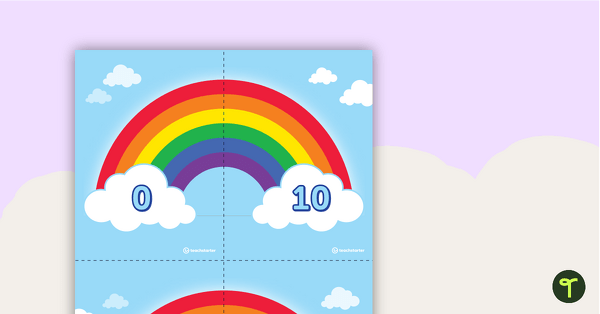
Rainbow Facts - Addition Match Up Cards
A bright and fun game to play in the classroom when learning the Friends of Ten and Rainbow Facts.
- Plus Plan

Maths Activity Ideas for Parents - Place Value
An information sheet for parents or carers to use when assisting children with place value at home.
- Plus Plan

Friends of 30 Dominoes
A set of dominoes to use in the classroom when matching friends of 30.
- Plus Plan
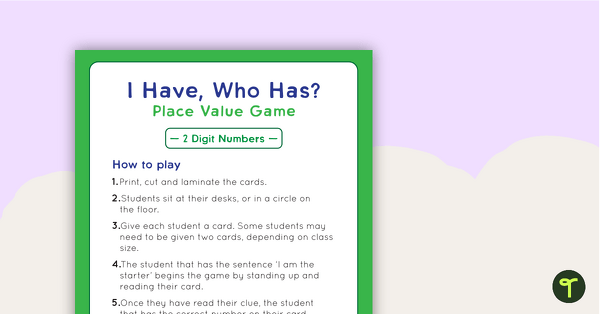
I Have, Who Has? Game – Place Value (2-Digit Numbers)
A whole-class game to consolidate students' understanding of place value.
- Plus Plan
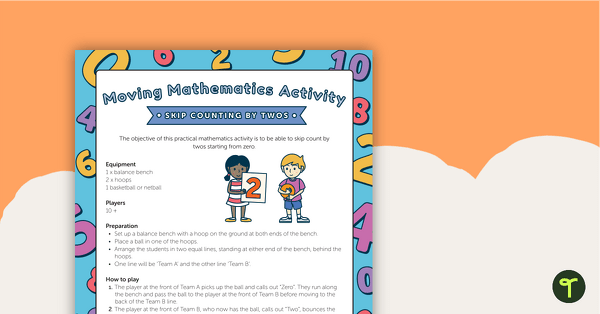
Moving Mathematics Activity - Skip Counting By Twos
A fun and active way to develop confidence with number sequences.
- Plus Plan
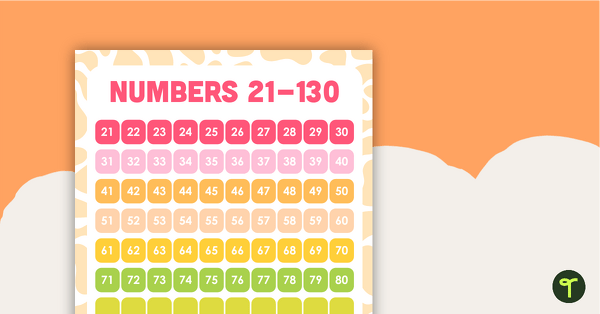
Numbers 21 -130 Chart - Missing Numbers From 80
A numbers 21-130 chart with missing numbers from 80 to encourage your students to count beyond 100.